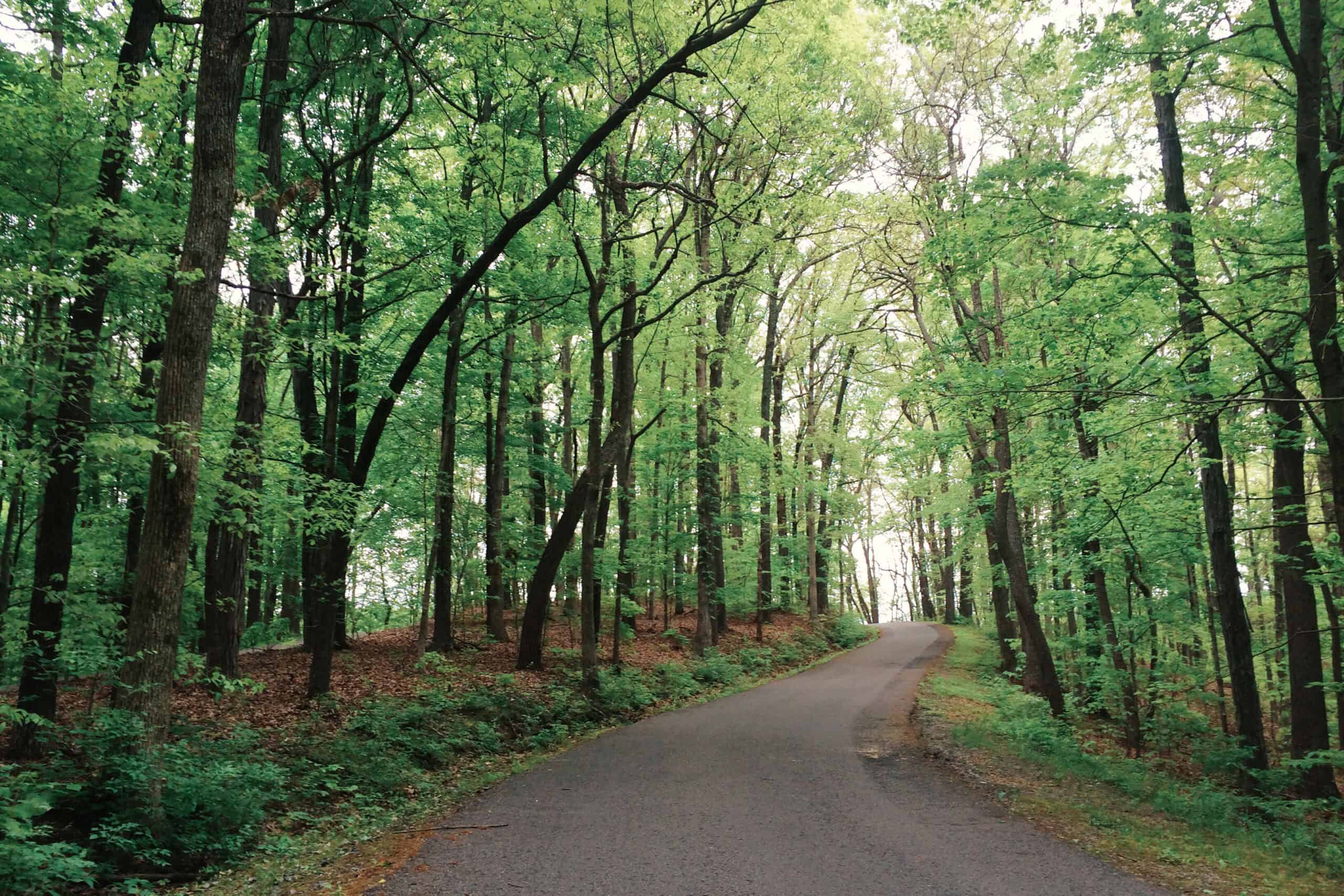Share this article
WSB: Hurricanes affect wild turkey survival, movement
Throughout the duration of a hurricane, wild turkey mortality likely increases, and the fowl may use their ranges differently.
David Moscicki, a TWS member and graduate research associate in wildlife biology at the North Carolina State University, was monitoring wild turkeys in Texas when Hurricane Harvey swept through his study area in southeast Texas in August 2017. The Category 4 storm caused considerable damage to infrastructure in Texas and lingered over Moscicki’s study area for five days.
While Moscicki didn’t anticipate studying the effects of hurricanes on the wild turkeys (Meleagris gallopavo), the storm created a rare opportunity. In a study published recently in Wildlife Society Bulletin, he used data he and others had collected from GPS-VHF-transmitters to analyze effects of the storm on turkey populations’ movements. He also analyzed GPS data that he was collecting in the Webb Wildlife Management Area Complex in South Carolina when Hurricane Matthew struck in October 2016.
“There’s no literature describing really what effects hurricanes have on wild turkeys, in general,” Moscicki said.
Moscicki and his colleagues found that the storms affected survival. During Hurricane Matthew, researchers lost 5% of their marked birds, and in Texas during Harvey, they lost 8%.

A turkey in a roost. Credit: Jacob Whit
The researchers initially thought that turkeys might hunker down throughout the storm. “We hypothesized that those birds would just fly out of the roost and hang out somewhere under the bushes and wait the storm out,” Moscicki said.
But after analyzing the tracking data from the radio-transmitters, Moscicki and his colleagues found that the birds still moved around—they just didn’t travel nearly as much. Still, wild turkey movement did decrease by 38% during the three days that it stormed in the South Carolina study area.
“Before that hurricane, birds were making their usual daily movements,” he said. “Then, with the hurricane, they moved significantly less.”
During Hurricane Harvey, the average daily distance turkeys traveled dropped by 49% at the peak of the storm. The reduction in movement increased every day it stormed until the peak.
“That means they are accessing a whole lot less resources,” said Moscicki.
The changes in movement could be a reason that survival declined. Predators might locate prey at a higher rate during the storm, for example, making turkeys that do move more vulnerable. The storm conditions also may make it harder for turkeys to detect nearby predators.
Moscicki said it would be difficult to study population-level impacts of hurricanes on turkeys since in order to do so, a long-term study would already have to be going on when a large storm hits. While they didn’t continue tracking turkeys after this research, he said in the future, he hopes to see studies on how turkey poults are affected by hurricanes, and whether roosting behavior changes.
For now, this study provides baseline knowledge about how turkeys are immediately affected by tropical storms, he said.
This article features research that was published in a TWS peer-reviewed journal. Individual online access to all TWS journal articles is a benefit of membership. Join TWS now to read the latest in wildlife research.
Header Image: Wild turkey change their movement patterns during hurricanes. Credit: David Moscicki








